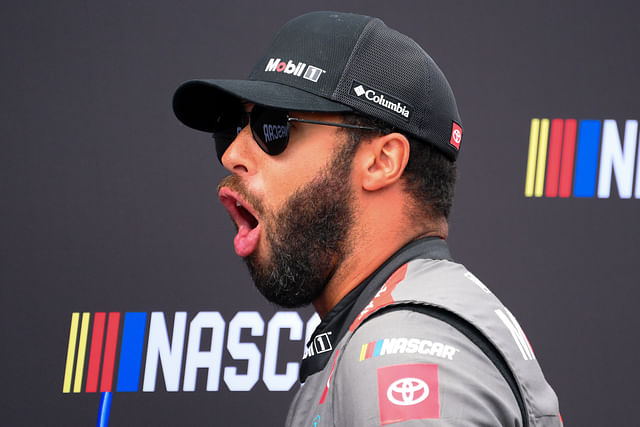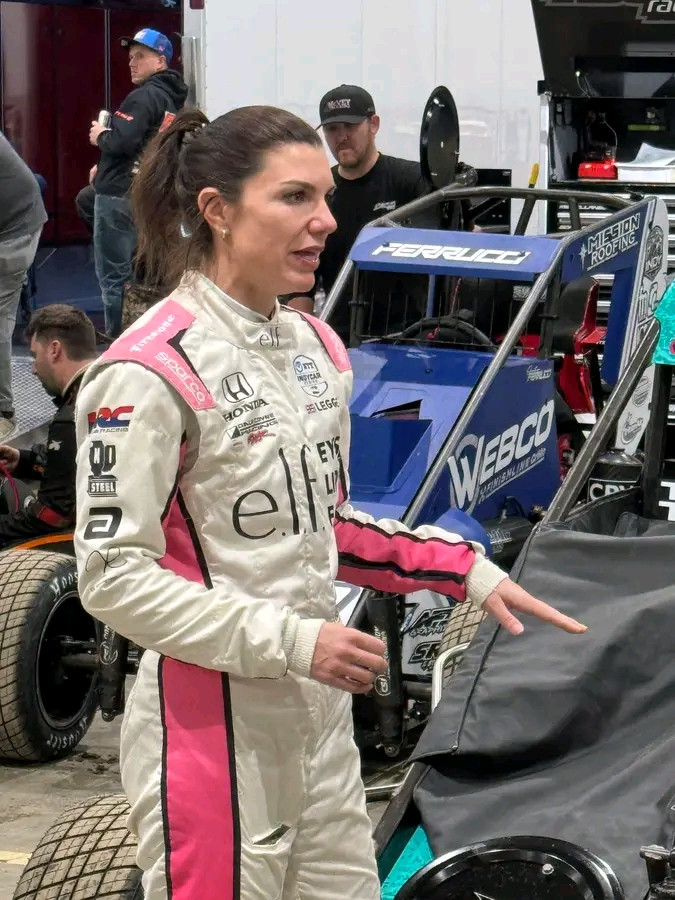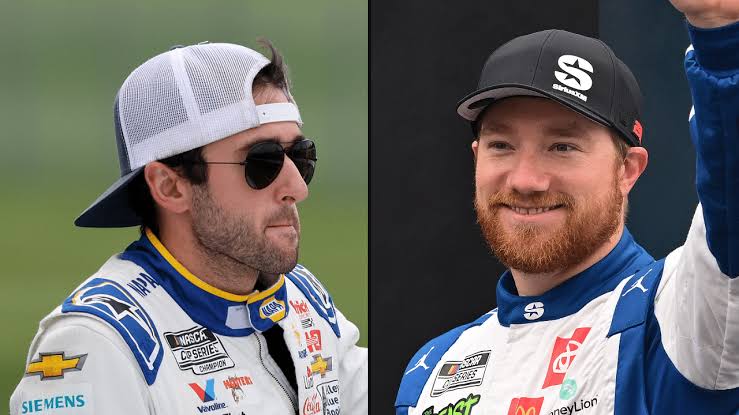Austin Dillon’s reputation as a NASCAR driver continues to spark controversy, particularly after his recent crash involving Christopher Bell at Watkins Glen International. The incident took place during Lap 62 of the 2024 Go Bowling at The Glen, where Dillon aggressively rear-ended Bell’s No. 20 Toyota Camry just before pit road entry. As a result, Bell spun out, a moment that could have severely impacted his race. Despite this, Bell, who is currently leading the Cup Series standings, chose not to blame Dillon for the crash. Instead, he pointed to a miscommunication between the drivers as the root cause of the collision, a perspective that many didn’t expect given the uproar on social media.
Christopher Bell, 29, is enjoying an impressive season, having made it to Championship 4 the previous year. Currently, he’s poised for another deep playoff run and is sitting comfortably 46 points above the playoff cutline. With only one Round of 16 race left at Bristol Motor Speedway, Bell is in a good position, although some argue that a top-10 finish at Watkins Glen would have strengthened his playoff momentum. Yet, even after a 14th place result at The Glen, Bell maintained his composure and owned up to his role in the incident. In an interview with FOX Sports’ Bob Pockrass, he acknowledged that his late pit road call caused confusion, leading to the crash.
Bell explained that he misjudged the timing of his pit stop and did not properly communicate with Dillon. “I don’t think Austin saw my hand signal, and he probably thought we were still battling for position,” Bell said, emphasizing that clearer communication on track could have avoided the wreck. He even suggested that similar issues could arise at Bristol unless drivers are more mindful and communicative. Bell’s calm and reflective response showed his maturity, opting to quell the drama rather than fuel it.
However, for Dillon, the damage to his reputation had already been done. Many NASCAR fans were quick to recall another controversial moment earlier in the season at Richmond Raceway, where Dillon crashed Joey Logano and Denny Hamlin in the final lap of the Federated Auto Parts 400. Though Dillon was allowed to keep the win after a thorough review, he faced a harsh penalty, losing playoff eligibility and being docked 25 points from the standings. This pattern of aggressive driving has left many in the NASCAR community wary of Dillon, who continues to be seen as a driver with a reckless edge.
While Bell remains on track for the playoffs, securing points at Bristol will be crucial. A strong finish would solidify his place in the Round of 12, but more importantly, Bell needs to avoid any further mishaps on the track. The battle for the Cup Series championship is fiercely competitive, and the smallest advantage can make all the difference. Bell understands that racing cleanly will give him the best shot at making it to Victory Lane in the remaining races, and possibly, clinching the championship at Phoenix Raceway later this year.
But Bell’s frustration with the current state of racing in NASCAR runs deeper than a single crash. In the wake of the Go Bowling at The Glen, Bell and his Joe Gibbs Racing teammates, Martin Truex Jr. and Denny Hamlin, voiced concerns about the lack of respect among drivers. Truex Jr., who had a strong qualifying performance, ended up finishing 20th after a collision with Kyle Larson in the closing stages of the race. Truex did not mince words, criticizing the increasingly aggressive style of racing in the Cup Series.
Echoing Truex’s sentiment, Bell blamed the introduction of the Next-Gen car for the drop in driver etiquette. The Next-Gen car, which debuted in 2022, is designed to be more durable and better equipped to handle contact. Bell explained that drivers quickly realized how much more punishment the car could take without sustaining serious damage. This, in his view, has led to a more aggressive, offense-oriented driving style, particularly on road courses. “You’re able to get away with contact and not damage your car, so drivers are pushing the limits more than ever,” Bell said. This shift has made for more physical racing, but it’s also led to a rise in on-track incidents.
Bell’s point was vividly illustrated during the 2022 season, when Ross Chastain famously slammed into the wall at Martinsville Speedway but continued racing as though nothing had happened. Similarly, this year’s Watkins Glen race saw a violent crash between William Byron and Brad Keselowski, both of whom were able to continue racing with minimal consequence. These incidents highlight just how resilient the Next-Gen cars are, but also raise questions about whether this durability is encouraging drivers to take less responsibility for their actions on the track.
The NASCAR community remains divided on whether the Next-Gen car has lowered driver standards or simply made for more exciting races. While some appreciate the more intense, contact-heavy racing, others like Bell feel it’s come at the cost of sportsmanship. As the playoffs approach and tensions rise, the debate over driver accountability will likely intensify. For now, though, Bell is focused on staying out of trouble and securing as many points as possible, keeping his eye on the ultimate prize: the NASCAR Cup Series championship.
So, do drivers need to dial back the aggression, or has the Next-Gen car simply changed the way the game is played? Only time will tell.




